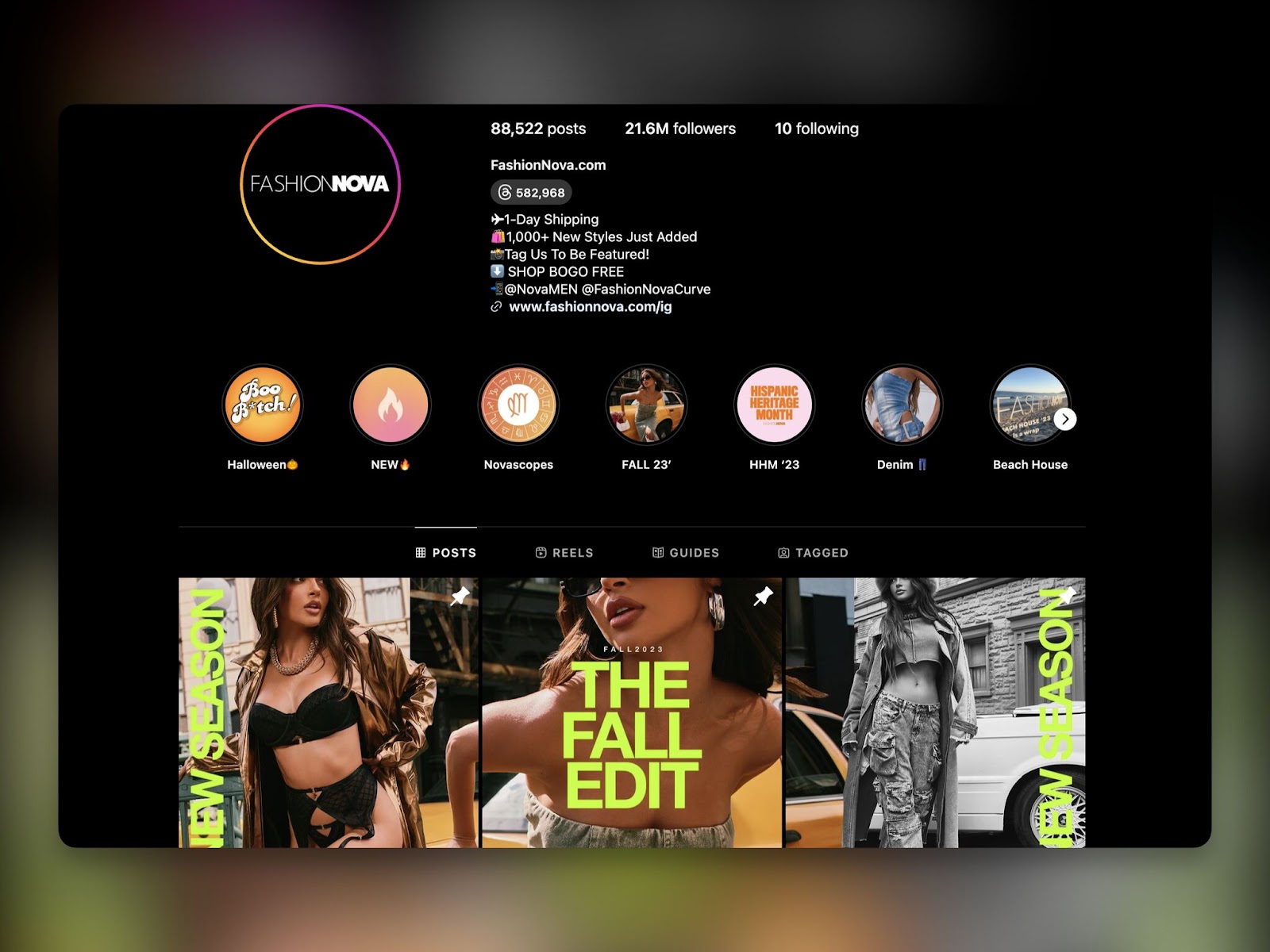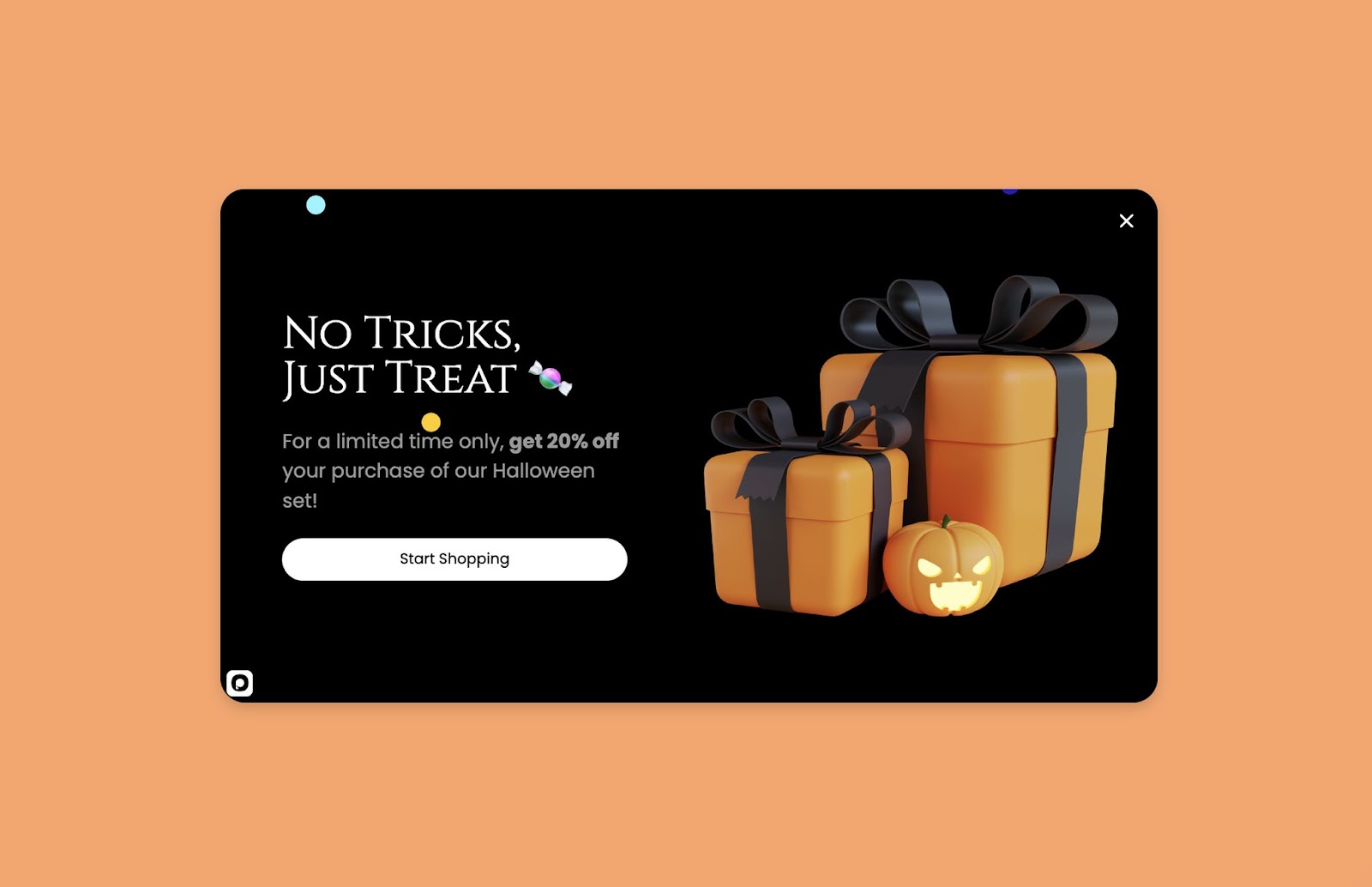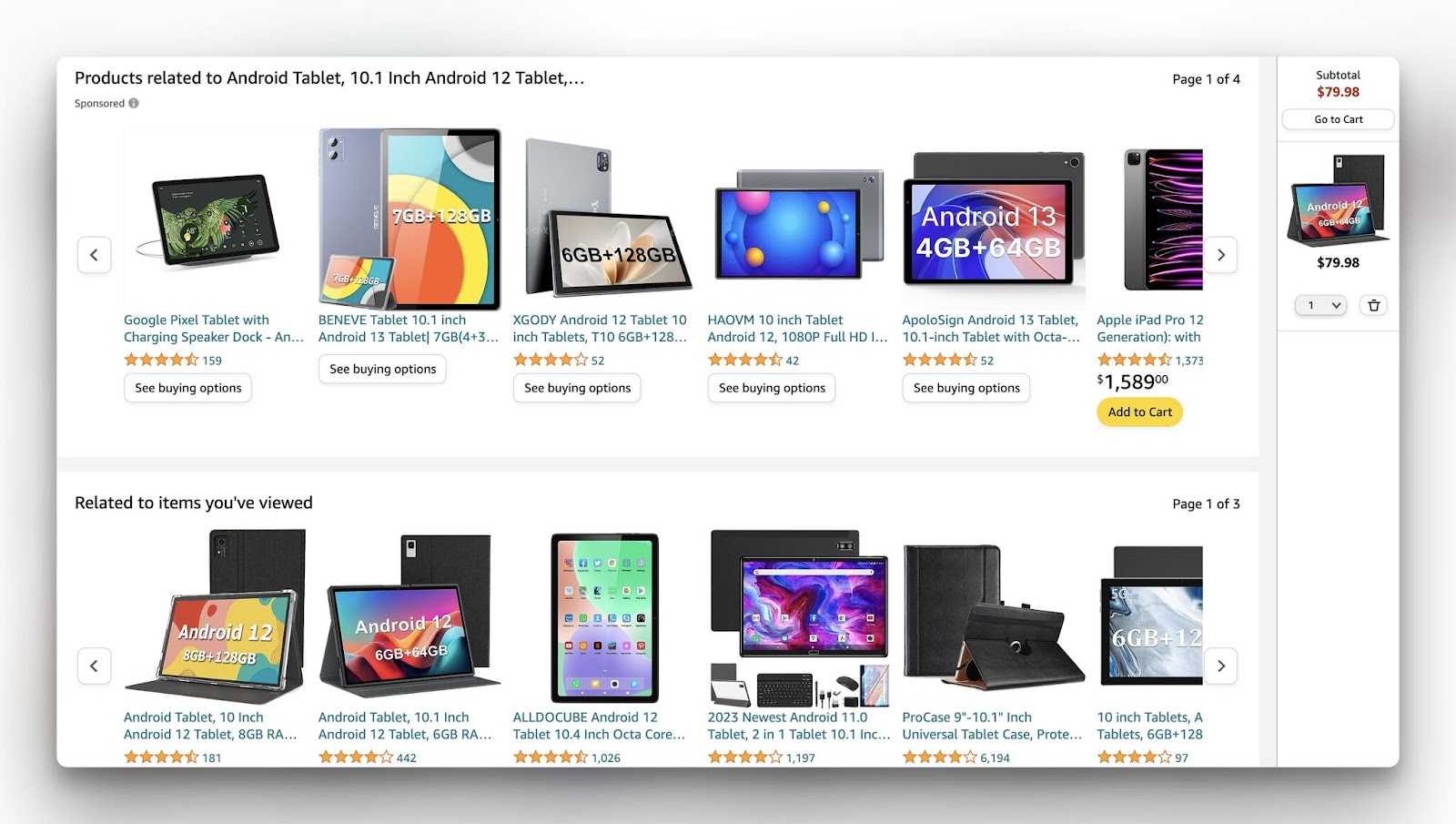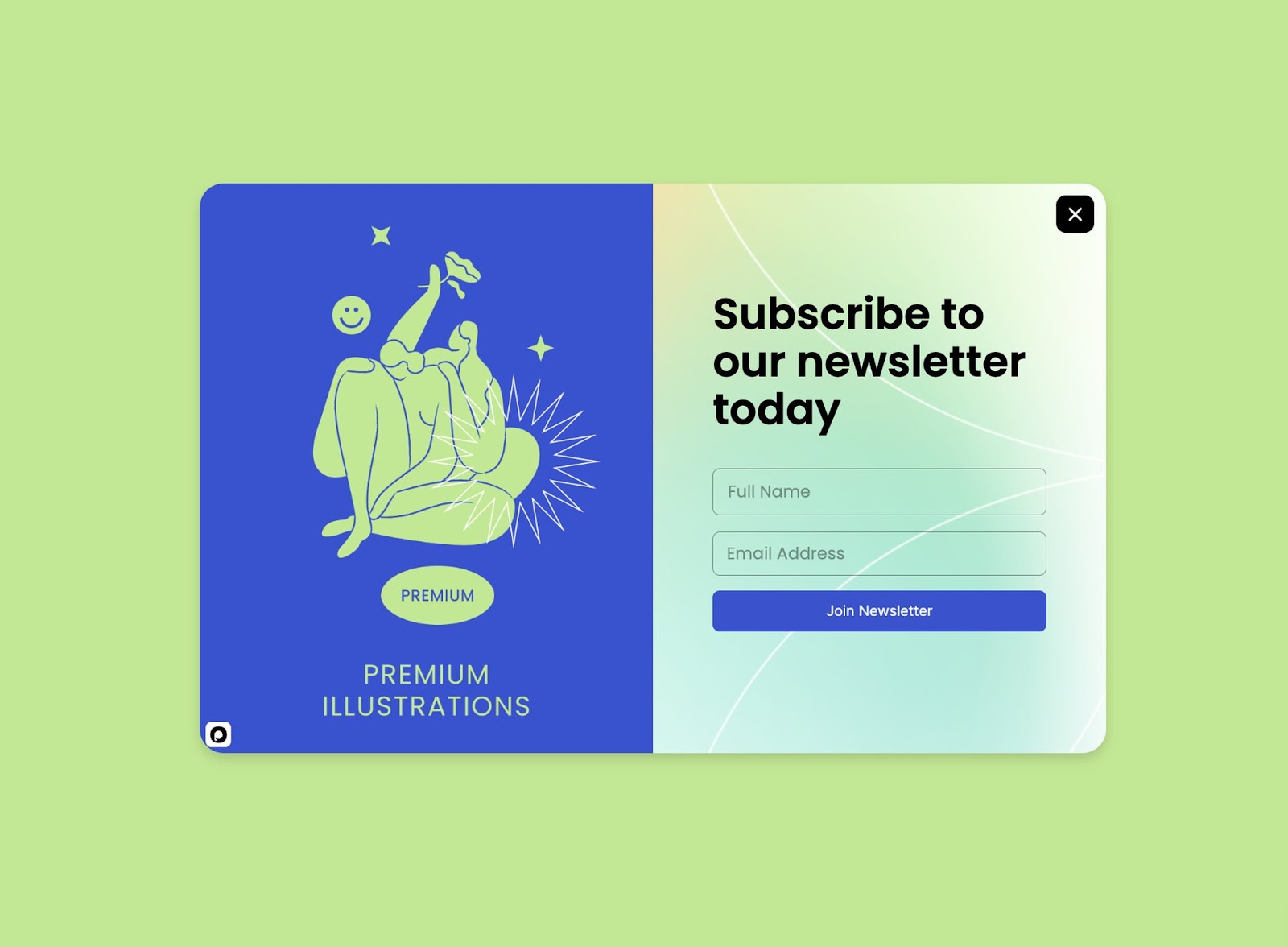Why Your Shopify Store Isn’t Converting

Low sales often stem from solvable pain points. Here’s why your Shopify store might be underperforming:
- Poor Website Design: Cluttered or outdated layouts deter customers. A clean, intuitive design is critical.
- Lack of Mobile Optimization: With 60% of e-commerce sales via mobile in 2024, non-responsive sites lose customers.
- Weak SEO Strategies: Low search visibility means fewer visitors. Strong SEO is a must.
- Ineffective Marketing: Generic ads fail to connect. Tailor your Shopify marketing strategies to your audience.
- Limited Payment Options: Fewer options mean fewer conversions. Offer diverse methods like PayPal or Klarna.
- Neglecting Customer Reviews: 73% of consumers trust brands with strong social proof according to Statista.
- Inadequate Product Descriptions: Vague descriptions or low-quality images reduce trust.
- No Email Marketing: Missing this channel skips a proven sales driver.
- No Urgency or Incentives: Limited-time offers spur action.
⚠️ Warning: Ignoring these issues risks losing customers to competitors with polished, user-focused stores.
25 Effective Strategies to Boost Shopify Sales
1. Highlight Your Unique Value Proposition (UVP)
Your UVP sets you apart in a crowded market. For example, M&M’s 1954 slogan, “Melts in your mouth, not in your hand,” showcased their innovative sugar coating, appealing to soldiers and outdoor enthusiasts.

💡 Pro Tip: Craft a UVP that resonates with your niche. For a fitness apparel store, emphasize durability or eco-friendly materials. Display it prominently on your homepage and product pages. Check out more Unique Selling Proposition Examples.
2. Know Your Customers Inside Out
Understanding your audience drives sales. 40% of consumers want brands to know their style preferences. For a fitness store, ask: “What’s your workout style?” to tailor offerings.
Create a buyer persona by answering:
- What’s their age range?
- Are they male, female, or mixed?
- What are their values (e.g., sustainability, performance)?
➡️ Next Step: Use tools like Popupsmart to collect data via surveys or popups, aligning products and marketing to customer needs.
3. Design a User-Friendly, Mobile-Optimized Website
Your website is your digital storefront. Visitors form opinions in under a second, so a cluttered site kills conversions. In 2023, mobile e-commerce sales hit $2.2 trillion according to Statista.
Invest in:
- Clean, intuitive navigation.
- High-quality visuals.
- Mobile responsiveness for seamless shopping.
💡 Pro Tip: Test your site on multiple devices using tools like Google’s Mobile-Friendly Test.
4. Master Customer Acquisition
Acquiring customers is step one; engagement keeps them. Offer value like a free skincare guide for beauty product shoppers to capture emails.
📊 Stats Alert: 68.2% of shoppers are more likely to buy with free delivery.
Build a community by encouraging subscriptions via popups.
5. Offer Free Shipping Strategically
Free shipping is a game-changer. Set a minimum purchase threshold to boost average order value.

⚠️ Warning: Don’t offer free shipping without calculating margins—use apps like Shopify Shipping to optimize costs.
6. Optimize Product Pages with Rich Content
Product pages are where decisions happen. Use:
- Detailed, benefit-focused descriptions.
- High-quality images from multiple angles.
- Videos (e.g., product demos)—89% of brands use pre-produced videos.
➡️ Next Step: Add 360-degree product views or AR/VR previews for immersive experiences, a 2025 trend.
7. Build Trust with Social Proof
Trust drives sales. 73% of consumers prefer brands with strong social proof. Encourage reviews and showcase user-generated content (UGC) like ASOS does on Instagram.


💡 Pro Tip: Use apps like Yotpo to automate review collection. See Types of User-Generated Content.
8. Master Upselling and Cross-Selling
Upselling pushes premium products; cross-selling suggests complements. Apps like Honeycomb Upsell & Cross Sell automate this.

Check How to Upsell and Cross-Sell on Shopify.
9. Personalize with AI
73% of consumers prefer personalized experiences, boosting purchase likelihood by 20%. Use AI tools like Popupsmart’s AI Popup Generator or Shopify’s AI features for tailored recommendations. +

10. Dominate Social Media Marketing
With 4.59 billion social media users in 2022, platforms like TikTok (1 billion monthly users) are sales goldmines.
📊 Stats Alert: Social commerce is projected to hit $2.9 trillion by 2027.
Connect your Shopify store to Instagram or TikTok Shop. See How to Sell on TikTok with Shopify.
11. Leverage Chatbots and Live Chat
86% of consumers value human support. Use AI chatbots like LiveChatAI for instant replies, with human handoff for complex issues.
💡 Pro Tip: Train chatbots with customer data for personalized responses.
12. Use Wishlists to Drive Sales
Wishlists keep your store top-of-mind. Apps like Wishlist Plus make setup easy.
➡️ Next Step: Send reminders when wishlist items are on sale via email or push notifications.
13. Streamline Returns and Refunds
80% of returns are due to product damage, and clothing is the most returned category. Offer clear, hassle-free return policies with multiple options (refunds, exchanges, credit).
⚠️ Warning: Hidden return policies erode trust—display them prominently.
14. Craft Killer Email Campaigns
Email marketing ROI doubled for 50% of marketers in 2022. Send personalized newsletters, cart recovery emails, and exclusive offers.

15. Embrace SMS Marketing
47% of millennials prefer brand texts. Use SMS marketing software for promotions and reminders.

16. Boost Organic Traffic with SEO
SEO drives visibility. Optimize with:
- Relevant keywords (use SEMrush or Ahrefs).
- High-quality blog content (e.g., “Top Trends in Athletic Footwear”).
- Fast-loading pages via headless commerce.

💡 Pro Tip: Publish regular blog posts to stay relevant and authoritative.
17. Partner with Influencers
Influencers build trust. Gymshark’s TikTok campaigns drove 40% more traffic in 2023. Choose influencers aligned with your niche.

18. Run Targeted Ads
Targeted ads outperform generic ones. Use Google Ads for keyword targeting or Google Display Network for demographics.
💡 Pro Tip: Run A/B tests to optimize ad performance.
19. Build Loyalty Programs
80% of consumers value product availability for loyalty. Offer exclusive perks or gamified rewards.
20. Deliver Stellar Customer Support
Quick, empathetic support wins hearts. Offer multi-channel options (chat, email, phone).

Use feedback popups to refine support.
Wrap Up
Ready to skyrocket your Shopify sales? These 20 strategies, from timeless tactics to 2025 trends like AI and AR, will attract visitors and convert them into loyal customers. Adapt them to your store and watch your sales soar!
Frequently Asked Questions
Why Do Customers Leave Without Buying?
High costs, complex checkouts, lack of trust, and slow sites drive 60-80% cart abandonment.
How Do I Attract Customers to Shopify?
Optimize UX, use SEO, leverage social media, run targeted ads, and offer promotions.
How Do I Make My Shopify Store Popular?
Stay active on social media, provide excellent support, and run regular promotions.
How Can Social Media Boost Shopify Sales?
Post engaging content, use shopping features on Instagram/TikTok, and run targeted ads.
Is Email Marketing Effective for Shopify?
Yes! Personalized emails recover carts and drive repeat sales.
Frequently Asked Questions
What is Shopify sales strategies reddit?
“Shopify sales strategies reddit” usually refers to people searching Reddit threads (often in subreddits like r/shopify, r/ecommerce, r/Entrepreneur, r/PPC, and r/SEO) to find real-world, experience-based tactics for increasing Shopify revenue—things like improving conversion rate, running ads profitably, optimizing product pages, building email/SMS flows, and fixing common store issues (speed, mobile UX, checkout friction, trust signals). These discussions typically include what worked (and what didn’t) for specific niches, plus tool recommendations (themes, upsell apps, review apps, email platforms) and practical advice like tightening your unique value proposition on the homepage, adding social proof to key pages, expanding payment options (e.g., PayPal, Klarna/Afterpay), and using urgency ethically with limited-time offers. The key is to treat Reddit as a source of ideas and troubleshooting rather than a one-size-fits-all playbook: validate any tactic against your audience and margins, look for repeatable patterns across multiple posts (not just one viral comment), and cross-check advice with Shopify docs or reputable marketing resources—especially for claims about ad “hacks,” scaling rules, or anything that could violate platform policies.




